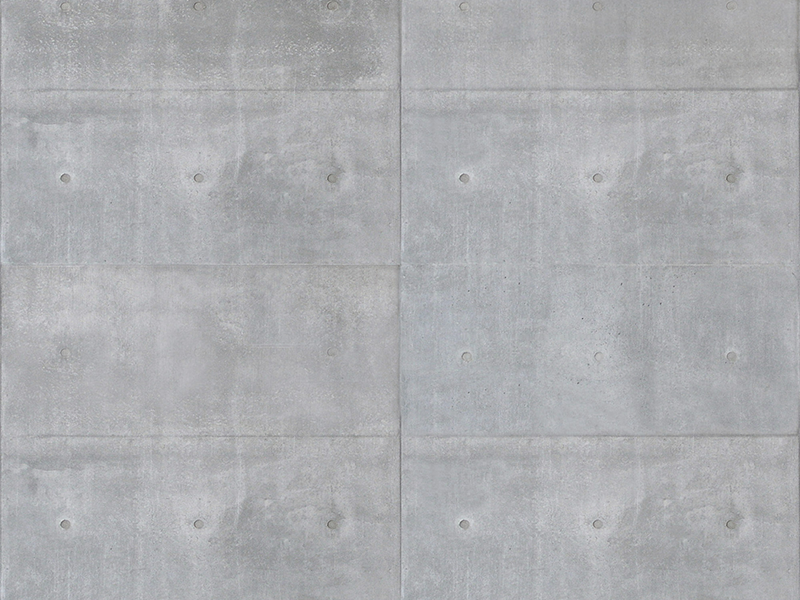The 20th century was marked by an eightfold intensification of the use of fossil resources, combined with a dramatic increase in greenhouse gas emissions and energy consumption. In this way, the risk of depletion of the earth becomes a reality and the effects of uncontrolled growth become more and more apparent.
Ask for building materials
Within the various economic sectors, the construction sector is the largest global consumer of materials. As the world’s metropolises get bigger and more skyscrapers are built to accommodate the growing urban population, the supply chain of the natural resources like water and sand is pushed to the limit. That effort does not come from the increasing demand for gold, diamonds or copper, but for the primary materials needed for construction and thus economic development.
Biobased aggregates and concrete
One way to reduce material consumption and reduce the impact of the construction industry on the built environment is to optimize the use of alternative materials in the production of concrete. Due to the popularity of the material and the quantities used, even small percentages of savings can determine big benefits.
Two main directions are explored:
1) partial replacement of aggregates with biobased materials, possibly a by-product of the agricultural and aquaculture sector;
2) combination of concrete mixes with biobased materials to create new technologies for the construction sector.
In collaboration with the Biobased Construction research group, the professional field, students from the Civil Engineering program and Scalda, Giuliana Scuderi is looking for answers.
This research is co-funded by the SIA Steering Body of the Organization for Scientific Research (NWO).
20190901 until 20210831


















